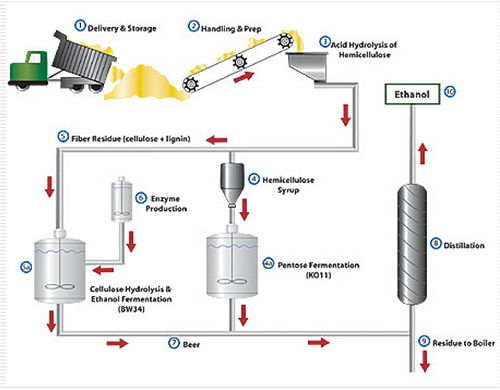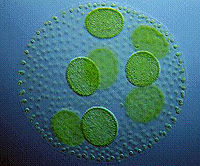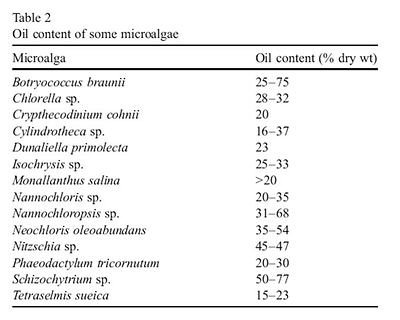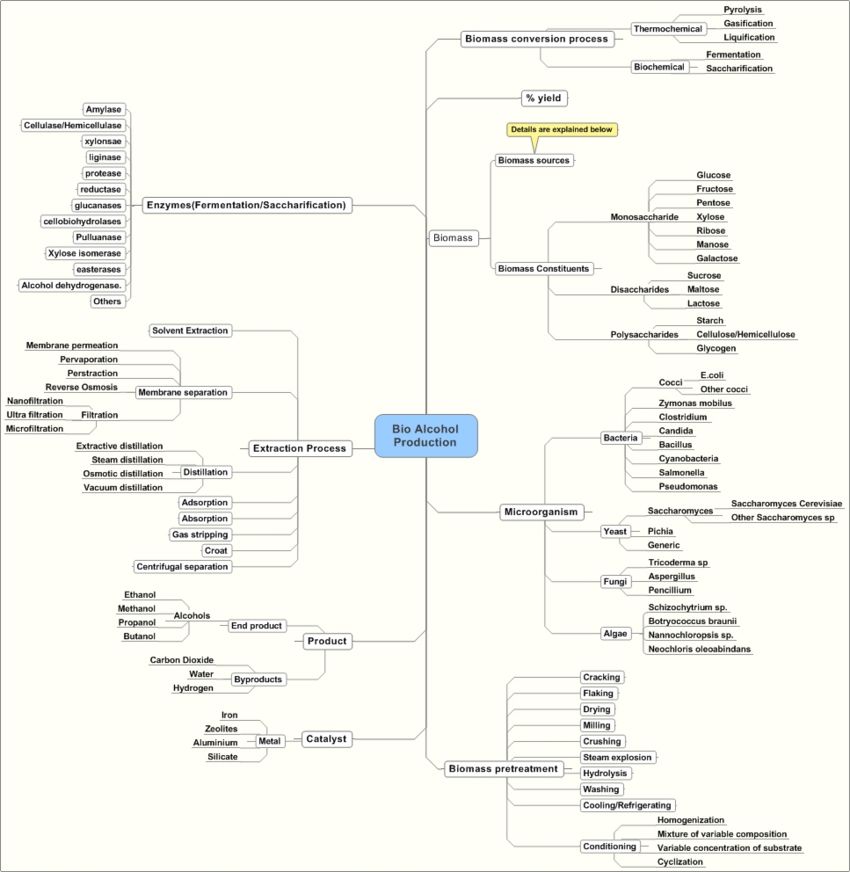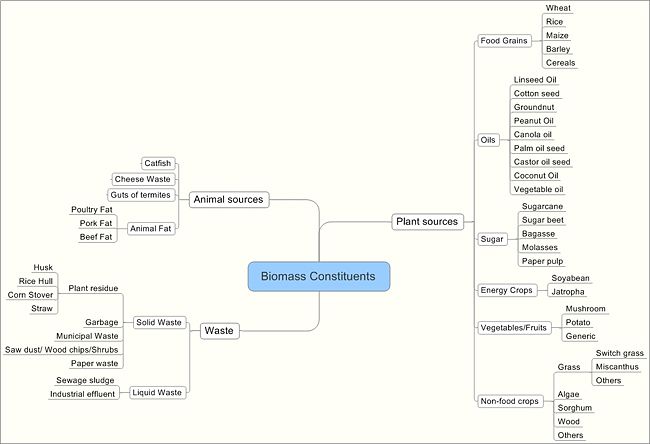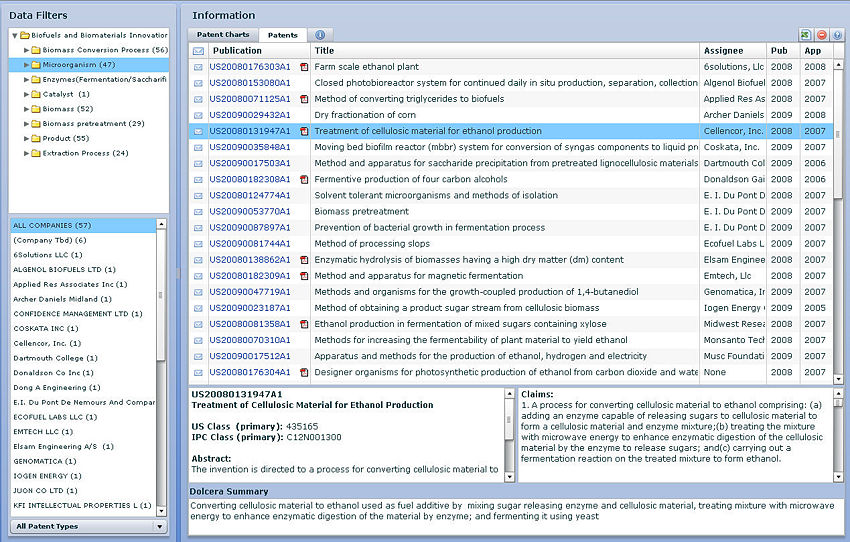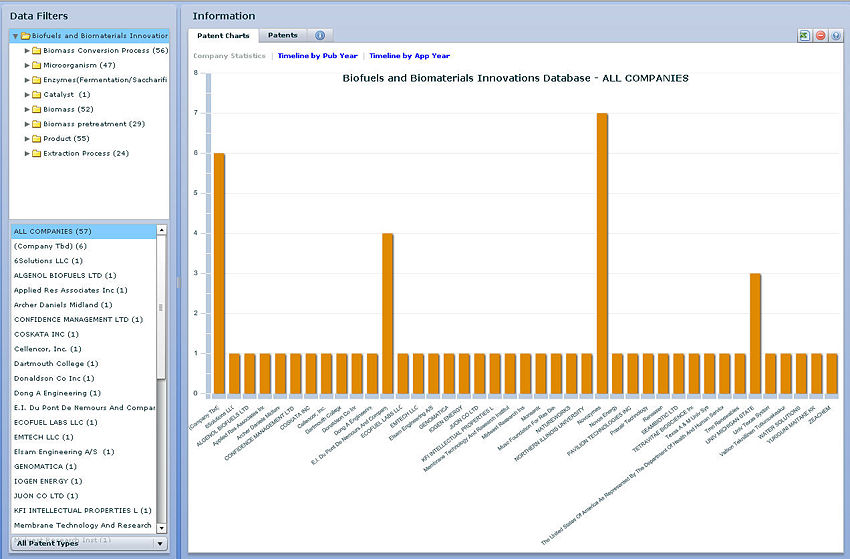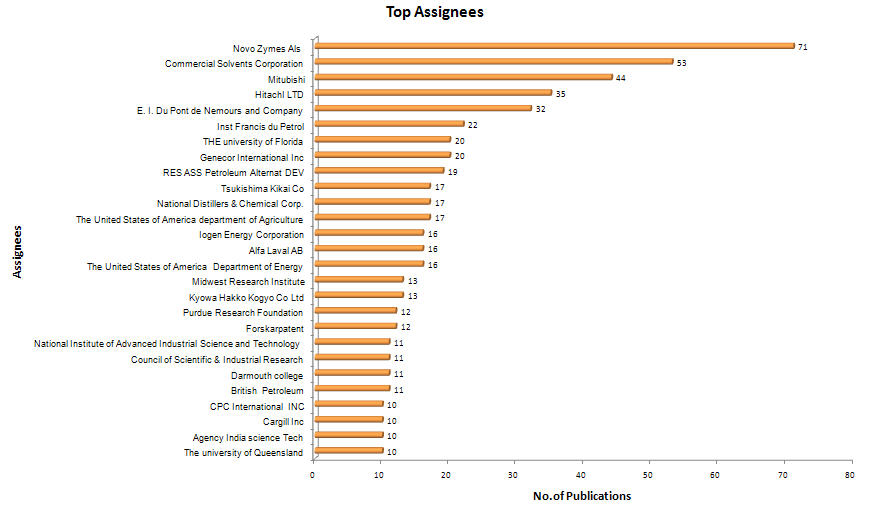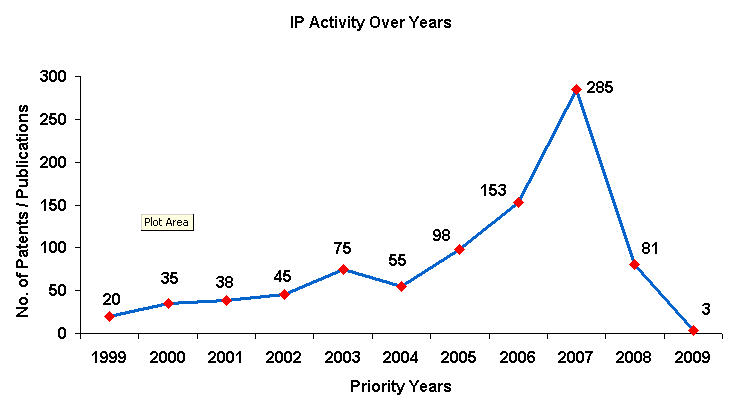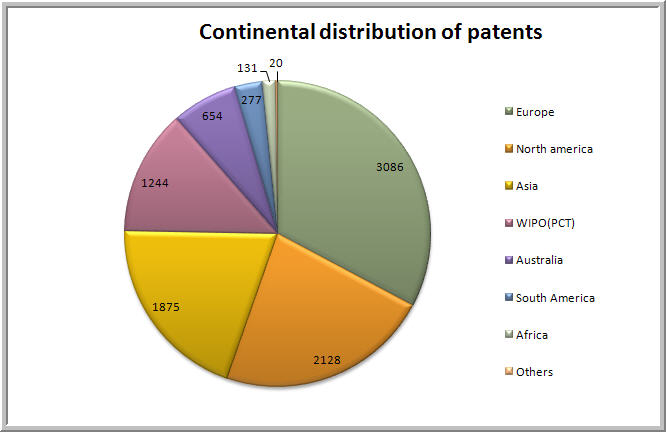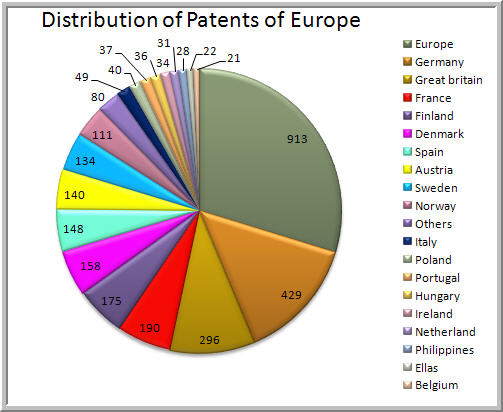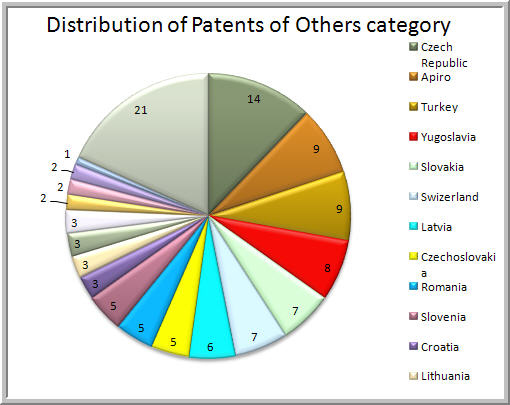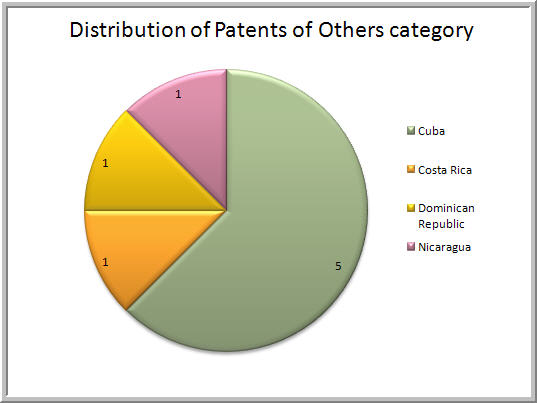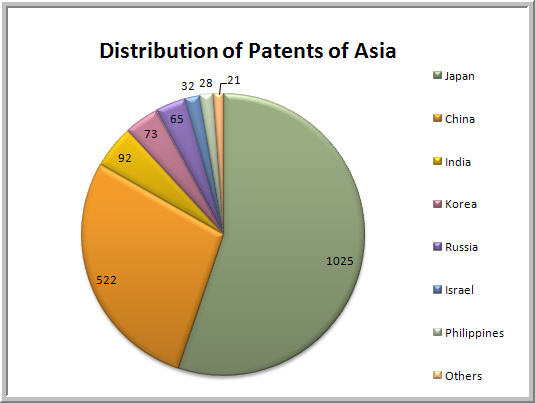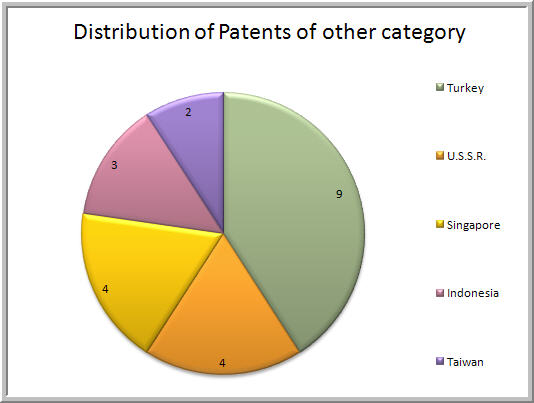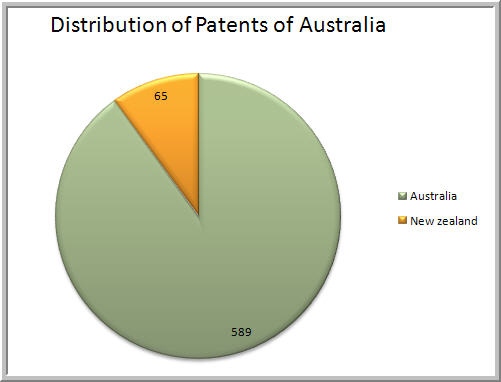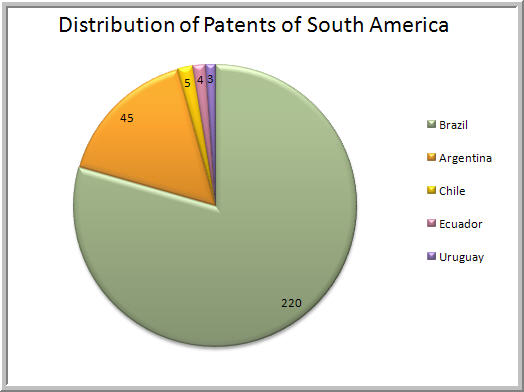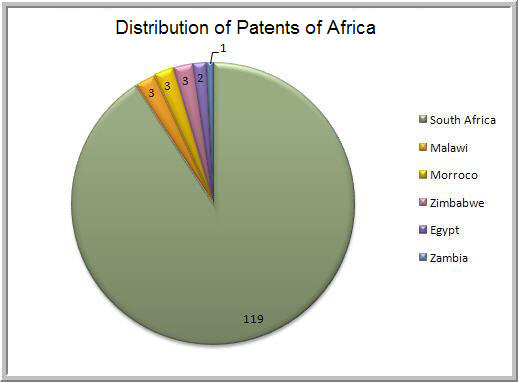Difference between revisions of "Biofuels database sample wiki"
(→Sample Analysis) |
|||
| (6 intermediate revisions by 2 users not shown) | |||
| Line 65: | Line 65: | ||
---- | ---- | ||
| − | |||
| − | |||
| − | |||
| − | |||
| − | |||
| − | |||
| − | |||
| − | |||
| − | |||
| − | |||
| − | |||
| − | |||
| − | |||
| − | |||
| − | |||
| − | |||
| − | |||
| − | |||
| − | |||
| − | |||
| − | |||
| − | |||
| − | |||
| − | |||
| − | |||
| − | |||
| − | |||
| − | |||
| − | |||
| − | |||
| − | |||
| − | |||
| − | |||
| − | |||
| − | |||
| − | |||
| − | |||
| − | |||
| − | |||
| − | |||
| − | |||
| − | |||
| − | |||
| − | |||
| − | |||
| − | |||
| − | |||
| − | |||
| − | |||
| − | |||
| − | |||
| − | |||
| − | |||
| − | |||
| − | |||
| − | |||
| − | |||
| − | |||
| − | |||
| − | |||
| − | |||
| − | |||
| − | |||
| − | |||
| − | |||
| − | |||
| − | |||
| − | |||
| − | |||
| − | |||
| − | |||
| − | |||
| − | |||
| − | |||
| − | |||
| − | |||
| − | |||
| − | |||
| − | |||
| − | |||
| − | |||
| − | |||
| − | |||
| − | |||
| − | |||
| − | |||
| − | |||
| − | |||
| − | |||
| − | |||
| − | |||
| − | |||
| − | |||
| − | |||
| − | |||
| − | |||
| − | |||
| − | |||
| − | |||
| − | |||
| − | |||
| − | |||
| − | |||
| − | |||
| − | |||
| − | |||
| − | |||
| − | |||
| − | |||
| − | |||
| − | |||
| − | |||
| − | |||
| − | |||
| − | |||
| − | |||
| − | |||
| − | |||
| − | |||
| − | |||
| − | |||
| − | |||
| − | |||
| − | |||
| − | |||
| − | |||
| − | |||
| − | |||
| − | |||
| − | |||
| − | |||
| − | |||
| − | |||
| − | |||
| − | |||
| − | |||
| − | |||
| − | |||
| − | |||
| − | |||
| − | |||
| − | |||
| − | |||
| − | |||
| − | |||
| − | |||
| − | |||
| − | |||
| − | |||
| − | |||
| − | |||
| − | |||
| − | |||
| − | |||
| − | |||
| − | |||
| − | |||
| − | |||
| − | |||
| − | |||
| − | |||
| − | |||
| − | |||
| − | |||
=='''Bioalcohol Production Taxonomy '''== | =='''Bioalcohol Production Taxonomy '''== | ||
| Line 243: | Line 79: | ||
{|border="2" cellspacing="0" cellpadding="4" width="100%" | {|border="2" cellspacing="0" cellpadding="4" width="100%" | ||
| − | |<mm>[[map542.mm|flash|title Production of Bioalcohol|800pt]]</mm> | + | | <mm>[[map542.mm|flash|title Production of Bioalcohol|800pt]]</mm> |
|} | |} | ||
| + | |||
| + | =='''Dashboard'''== | ||
| + | '''The Dolcera Dashboard for the database can be viewed here:'''<br> | ||
| + | [http://client.dolcera.com/dashboard/dashboard.html?workfile_id=542'''Dashboard for the Biofuels and Biomaterials Innovations Database'''] | ||
| + | |||
| + | '''NOTE: '''Install the [http://get.adobe.com/flashplayer/Adobe Flash Player] if you are unable to view the Dashboard | ||
| + | |||
| + | Features of the Dashboard can be viewed [http://dolcera.com/wiki/index.php?title=Alopecia_Areata_Dashboard_Screenshots here] | ||
| + | ===='''Snapshots of the Dashboard'''==== | ||
| + | [[Image:Dashboard screen shot1.jpg|thumb|center|850px|'''Dashboard screen shot''']] | ||
| + | |||
| + | [[Image:Dashboard screen shot21.jpg|thumb|center|850px|'''Dashboard screen shot''']] | ||
| + | |||
=='''Patent Analysis'''== | =='''Patent Analysis'''== | ||
| Line 352: | Line 201: | ||
==Scientific Publications== | ==Scientific Publications== | ||
| − | + | ||
| − | + | ||
| − | + | ||
| − | + | ||
| − | + | ||
| − | + | ||
| − | + | ||
| − | + | ||
| − | + | ||
| − | + | ||
| − | + | ||
| − | + | ||
| − | + | ||
| − | + | ||
| − | + | ||
===Sample Analysis=== | ===Sample Analysis=== | ||
Latest revision as of 16:42, 27 October 2009
Contents
[hide]Introduction
To create a comprehensive database covering all published patents and scientific literature encompassing various methods for production of various bio-based fuels/alcohols.
Objectives
- There is a need to map the thousands of patents & technical literature documents in Industrial Biotechnology world to fully understand the universe of organisms, enzymes, feedstock, products and by-products and the inter-relationships between them.
- In other words, there is a need for systematic mapping pathways being explored globally.
- To solve the above problem, Dolcera has built a comprehensive database with elaborate categorization for Industrial biotechnology companies helping them map the global innovation in the bio-fuels space to the following basic variables:
- Various feedstock
- Pre-treatment methods for feedstock
- A variety of enzymes, bacteria, fungi, algae, yeast or a modified version of any of these that feed on feedstock
- Output or products that are obtained when the enzymes or bacteria or fungi or yeast feed on these feedstock.
Who is it for?
- Research and Development (R&D) leaders - If you are a scientist at a Bio-Fuels firm, this database will help you gather the best technical intelligence. It will reveal all the pathways being explored globally. It will also help you compare your inventive thinking against inventions done in the outside world. Remember, 85% of all technical intelligence is available from patents so it is not worth missing!!
- IP Attorneys - If you are an IP attorney planning IP strategy for your firm, you can compare the research strategy of your firm with all inventions out there. It will help you create a common talking ground with your inventors.
- Corporate Strategy Group - The Dolcera database will help you refine your technology strategy by allowing you to study competitive strategy of your key competitors. Please bear in mind that 85% of all technical intelligence of your competitors can be studied from patents.
Overview
Biofuels represent effective means of supplying liquid transportation fuels from renewable resources.Of the biofuel options, alcohol fuels offer the most proven and practicable alternative for the conventional transportation fuels.The energy in biomass can be accessed by turning the raw materials, or feedstocks, into a usable form. Transportation fuels are made from biomass through biochemical or thermochemical processes. Known as biofuels, these include ethanol, methanol, biodiesel, biocrude, and methane.
Biomass Sources
- Domestic crops
- Energy crops
- Agricultural Waste
- Industrial Waste
- Municipal Wastes
- Cellulose/Hemicellulose rich material - cotton,wood,plant stalks,paper
- Carbohydrates - sugar,starch,monosaccharides,disaccharides,polysaccharides
- Algae
Biomass Conversion Processes
Thermochemical Processes - The thermochemical conversion of biomass to synthesis gas (syngas) encompasses processes that are carried out in closed systems under reducing (oxygen depleted) or oxidizing (partial oxygen) conditions at high temperatures (typically 1500-2000oF). The primary chemical processes that occur include pyrolysis, oxidation, steam reforming and gasification.
- Pyrolysis - Rapid thermal decomposition of organic compounds in the absence of oxygen to produce gas,char, and liquids.Thermal pyrolysis and steam reforming of biomass are endothermic and typically require a secondary fuel to supply heat to the reaction chamber. This is often supplied with clean syngas recycled back to externally heat the reactor.
- Gasification - high temperature (750 – 850 °C) conversion of solid, carbonaceous fuels into flammable gas mixture (syngas).Require oxygen or air for the conversion.
Biochemical Processes - Biochemical conversion processes utilize acid hydrolysis for the conversion of cellulose to sugars,followed by the fermentation of the sugars to bioethanol.
- Fermentation - Alcohol fermentation, like anaerobic digestion, is a biological process in which sugars such as glucose, fructose, and sucrose are converted into cellular energy and thereby produce ethanol and carbon dioxide as metabolic waste products.It requires special attention through a series of living reactions.
- Saccharification - The starch does not itself undergo alcoholic fermentation; it is first converted into maltose and other products by the action of the enzyme diastase (amylase). This diastase is usually supplied by malt - or, in the "amylo" process (described further on) by certain moulds.
Biofuels from microalgae
Microalgae are sunlight-driven cell factories that convert carbon dioxide to potential biofuels, foods,feeds and high-value bioactives.In addition, these photosynthetic microorganisms are useful in bioremediation applications and as nitrogen fixing biofertilizers.Microalgae can provide several different types of renewable biofuels. These include methane produced by anaerobic digestion of the algal biomass;biodiesel derived from microalgal oil and photobiologically produced biohydrogen.
Unlike other oil crops, microalgae grow extremely rapidly and many are exceedingly rich in oil. Microalgae commonly double their biomass within 24 h. Biomass doubling times during exponential growth are commonly as short as 3.5 h. Oil content in microalgae can exceed 80% by weight of dry biomass.Oil levels of 20–50% are quite common Oil productivity, that is the mass of oil produced per unit volume of the microalgal broth per day, depends on the algal growth rate and the oil content of the biomass. Microalgae with high oil productivities are desired for producing biodiesel.Microalgal biomass production - Producing microalgal biomass is generally more expensive than growing crops. Photosynthetic growth requires light, carbon dioxide, water and inorganic salts. Temperature must remain generally within 20 to 30 °C.Growth medium must provide the inorganic elements that constitute the algal cell. Essential elements include nitrogen (N), phosphorus (P), iron and in some cases silicon.Microalgal biomass contains approximately 50% carbon by dry weight.All of this carbon is typically derived from carbon dioxide. Producing 100 t of algal biomass fixes roughly 183 t of carbon dioxide. Carbon dioxide must be fed continually during daylight hours.Ideally, microalgal biodiesel would be carbon neutral, as all the power needed for producing and processing the algae would come from biodiesel itself and from methane produced by anaerobic digestion of biomass residue left behind after the oils has been extracted.
Large-scale production of microalgal biomass generally uses continuous culture during daylight.In this method of operation, fresh culture medium is fed at a constant rate and the same quantity of microalgal broth is withdrawn continuously.The only practicable methods of large-scale production of microalgae are raceway ponds and tubular photobioreactors.
Microalgal oils differ from most vegetable oils in being quite rich in polyunsaturated fatty acids with four or more double bonds.For example, eicosapentaenoic acid (EPA, C20:5n-3; five double bonds) and docosahexaenoic acid (DHA, C22:6n-3; six double bonds) occur commonly in algal oils.The extent of unsaturation of microalgal oil and its content of fatty acids with more than 4 double bonds can be reduced easily by partial catalytic hydrogenation of the oil.
Bioalcohol Production Taxonomy
- Taxonomy used for the categorization of patents in the Dolcera Dashboard
Biomass Sources Taxonomy sample
Interactive taxonomy mind map
Use the mouse(click and drag/scroll up or down/click on nodes) to explore nodes in the detailed taxonomy
Click on the red arrow on the side of a node name to view the content for that particular node in the dashboard
Dashboard
The Dolcera Dashboard for the database can be viewed here:
Dashboard for the Biofuels and Biomaterials Innovations Database
NOTE: Install the Flash Player if you are unable to view the Dashboard
Features of the Dashboard can be viewed here
Snapshots of the Dashboard
Patent Analysis
Sample Analysis
| S.No. | Publication No. | Publication Year | Assignee / Applicant | Title | Abstract | Dolcera summary |
| 1 | US20090053777 | 2009 | Alliance For Sustainable Energy, Llc | Process For Concentrated Biomass Saccharification | Processes for saccharification of pretreated biomass to obtain high concentrations of fermentable sugars are provided. Specifically, a process was developed that uses a fed batch approach with particle size reduction to provide a high dry weight of biomass content enzymatic saccharification reaction, which produces a high sugars concentration hydrolysate, using a low cost reactor system. | Process for producing high-sugar content hydrolysate from biomass where as on further fermentation of the hydrolysate alcohols namely methanol, ethanol, propanol, isopropanol, butanoletc are produced. |
| 2 | US20090047718 | 2009 | Tetravitae Bioscience, Inc. | Methods and compositions for producing solvents | Described herein are methods, compositions and synthetic biology approaches for solvent production, including but not limited to butanol production. Described herein are recombinant bacteria and yeast strains which may be used in production of a solvent, including but not limited to butanol, from lignocellulosic and other plant-based feedstocks. Described herein are methods of producing solvents, including but not limited to butanol, using bacteria and yeast strains. Described herein are methods of producing organisms that display highly efficient butanol production. | New first recombinant solventogenic organism having altered gene expression involved in solvent production pathway relative to expression in first organism strain prior to its transformation, useful for producing a solvent, e.g. butanol |
| 3 | US20090053771 | 2009 | Board Of Trustees Of Michigan State University | Process for making fuels and chemicals from AFEX-treated whole grain or whole plants | A process for hydrolyzing whole grain or whole plant biomass after an Ammonia Fiber Explosion (AFEX) process step is described. The process preferably uses a biomass that is hydrolyzed using a different combination of enzymes (amylase, cellulase and hemicellulase) to sugars for fermentation to produce ethanol. Harvesting the whole plant inclusive of grains and stalk for ethanol bio-processing is an economical route for future biorefineries. In addition to sugars, various value-added products like proteins and oil can be co-generated. | Producing sugars from plant biomass involves treating comminuted plant biomass comprising cellulose, hemicellulose, and starch with concentrated ammonia under pressure; and hydrolyzing biomass using enzyme containing amylase and cellulase |
| 5 | US20090023187 | 2009 | Iogen Energy Corporation | Method of obtaining a product sugar stream from cellulosic biomass | A process for obtaining a product sugar stream from cellulosic biomass is disclosed. In one process, the cellulosic biomass is pretreated at a pH between about 0.4 to 2.0 by adding one or more than one acid to produce a pretreated cellulosic biomass comprising acetic acid. One or more than one base is then added to the pretreated cellulosic biomass to adjust the pretreated cellulosic biomass to a pH of about 4.0 to about 6.0 to produce a neutralized cellulosic biomass comprising inorganic salt and acetate salt. The neutralized biomass is then hydrolyzed by cellulase enzymes to produce a crude sugar stream. Insoluble residue is separated from the crude sugar stream and the resulting clarified sugar stream is treated using ion exclusion chromatography at about pH 5.0 to about 10.0 to produce one or more raffinate streams and a product stream. The raffinate stream comprises inorganic salts and acetate salts, and the product stream comprises sugar. The product stream may then be fermented or otherwise further processed. In an alternate process, a product sugar stream is obtained from a crude sugar stream that is produced from conversion of cellulosic biomass to sugar. The cellulosic biomass may be produced using any suitable method. In this process the crude sugar stream is treated using ion exclusion chromatography at about pH 5.0 to about 10.0 to produce one or more than one raffinate stream comprising sulfate and acetate salts, and a product stream comprising sugar, and the product sugar stream is obtained. | The present invention relates to a method of obtaining a product sugar stream from cellulosic biomass and microbial conversion to ethanol. |
| 5 | US20090082600 | 2009 | Northern Illinois University | Native homoethanol Pathway for ethanol production in E. coli | A native homoethanol pathway including chromosomal deletions of genes that are competitive with the native homoethanol pathway, and a highly anaerobically expressed pyruvate dehydrogenase operon. Bacteria including the native homoethanol pathway. A method of making a bacteria derivative including a native homoethanol pathway by deleting genes that are competitive with ethanol production pathways, and performing transcriptional gene fusion and highly anaerobically expressing pyruvate dehydrogenase operon. A method of producing ethanol by fermenting bacteria including the native homoethanol pathway with biomass, and producing ethanol. Ethanol produced by the above method. | Method of producing ethanol in E.coli the steps of fermenting bacteria including the native homoethanol pathway with biomass with a yield of 90% under anaerobic conditions. |
| 6 | US20090087897 | 2009 | E. I. Du Pont De Nemours And Company | Prevention of bacterial growth in fermentation process | A fermentation process for the production of ethanol from natural sources, such as corn, comprising introducing a fermentable sugar, an inoculant, and a stabilized chlorine dioxide into a fermentation system is disclosed. The stabilized chlorine dioxide is added preventatively to the fermentation system, at concentrations in the fermentation system of acetic acid no greater than 0.30% (weight/volume) and lactic acid no greater than 0.60% (weight/volume). The stabilized chlorine dioxide is added in an amount effective to substantially prevent growth of bacteria. | A fermentation process to produce ethanol from natural sources, such as corn, comprising introducing a fermentable sugar, an inoculant, and a stabilized chlorine dioxide into a fermentation system forpreventing bacterial infection. |
- Click here for F-term on target sheet - Dated August 24, 2009
- Click here for Sample Patent Analysis Sheet - Dated July 30, 2009
Patenting activity by Assignee/Applicant
Patenting activity by Priority Years
- NOTE: Patenting Activity graph is based on the earliest Priority years, therefore there is decline in the graph.
Continental distribution of patents
Patent distribution in Europe
Patent distribution in North America
Patent distribution in Asia
Patent distribution in Australia
Patent distribution in South America
Patent distribution in Africa
Scientific Publications
Sample Analysis
| S.NO | Title | Abstract | Authors | Company | Citation | Journal name | Publication Date |
| 1 | Metabolic engineering of microorganisms for biofuels production: from bugs to synthetic biology to fuels | The ability to generate microorganisms that can produce biofuels similar to petroleum-based transportation fuels would allow the use of existing engines and infrastructure and would save an enormous amount of capital required for replacing the current infrastructure to accommodate biofuels that have properties significantly different from petroleum-based fuels. Several groups have demonstrated the feasibility of manipulating microbes to produce molecules similar to petroleum-derived products, albeit at relatively low productivity (e.g. maximum butanol production is around 20 g/L). For cost-effective production of biofuels, the fuel-producing hosts and pathways must be engineered and optimized. Advances in metabolic engineering and synthetic biology will provide new tools for metabolic engineers to better understand how to rewire the cell in order to create the desired phenotypes for the production of economically viable biofuels. | Lee, S.K. / Chou, H. / Ham, T.S. / Lee, T.S. / Keasling, J.D. | Joint BioEnergy Institute, Emeryville, CA USA | Lee, S.K. / Chou, H. / Ham, T.S. / Lee, T.S. / Keasling, J.D. , Current Opinion in Biotechnology, 19 (6), p.556-563, Dec 2008 | Current Opinion in Biotechnology | Dec-08 |
| 2 | Metabolic engineering for advanced biofuels production from Escherichia coli | Global energy and environmental problems have stimulated increasing efforts toward synthesizing liquid biofuels as transportation energy. Compared to the traditional biofuel, ethanol, advanced biofuels should offer advantages such as higher energy density, lower hygroscopicity, lower vapor pressure, and compatibility with existing transportation infrastructure. However, these fuels are not synthesized economically using native organisms. Metabolic engineering offers an alternative approach in which synthetic pathways are engineered into user-friendly hosts for the production of these fuel molecules. These hosts could be readily manipulated to improve the production efficiency. This review summarizes recent progress in the engineering of Escherichia coli to produce advanced biofuels. | Atsumi, S. / Liao, J.C | Department of Chemical and Biomolecular Engineering, University of California, Los Angeles CA USA | Atsumi, S. / Liao, J.C. , Current Opinion in Biotechnology, 19 (5), p.414-419, Oct 2008 | Current Opinion in Biotechnology | Oct-08 |
| 3 | New microbial fuels: a biotech perspective | Bioethanol and plant oil-derived biodiesel are generally considered first generation biofuels. Recognizing their apparent disadvantages, scientists and engineers are developing more sustainable and economically feasible second generation biofuels. The new microbial fuels summarized here have great potential to become viable replacements or at least supplements of petroleum-derived liquid transportation fuels. Yields and efficiencies of the four metabolic pathways leading to these microbial fuels — mostly designed and optimized in Escherichia coli and Saccharomyces cerevisiae using modern tools of metabolic engineering and synthetic biology — and the robustness of the biocatalysts that convert the metabolic intermediates to, in some cases, finished and engine-ready fuels, will determine if they can be commercially successful and contribute to alleviating our dependence on fossil fuels. | Rude, M.A. / Schirmer, A | LS9, Inc,CA USA. | Rude, M.A. / Schirmer, A. , Current Opinion in Microbiology, 12 (3), p.274-281, Jun 2009 | Current Opinion in Microbiology | Jun-09 |
| 4 | Biofuel alternatives to ethanol: pumping the microbial well | Engineered microorganisms are currently used for the production of food products, pharmaceuticals, ethanol fuel and more. Even so, the enormous potential of this technology has yet to be fully exploited. The need for sustainable sources of transportation fuels has generated a tremendous interest in technologies that enable biofuel production. Decades of work have produced a considerable knowledge-base for the physiology and pathway engineering of microbes, making microbial engineering an ideal strategy for producing biofuel. Although ethanol currently dominates the biofuel market, some of its inherent physical properties make it a less than ideal product. To highlight additional options, we review advances in microbial engineering for the production of other potential fuel molecules, using a variety of biosynthetic pathways. | Fortman, J.L. / Chhabra, S. / Mukhopadhyay, A. / Chou, H. / Lee, T.S. / Steen, E. / Keasling, J.D | Joint BioEnergy Institute, CA USA. | Fortman, J.L. / Chhabra, S. / Mukhopadhyay, A. / Chou, H. / Lee, T.S. / Steen, E. / Keasling, J.D. , Trends in Biotechnology, 26 (7), p.375-381, Jul 2008 | Trends in Biotechnology | Jul-08 |
| 5 | Progress and recent trends in biodiesel fuels | Fossil fuel resources are decreasing daily. Biodiesel fuels are attracting increasing attention worldwide as blending components or direct replacements for diesel fuel in vehicle engines. Biodiesel fuel typically comprises lower alkyl fatty acid (chain length C14–C22), esters of short-chain alcohols, primarily, methanol or ethanol. Various methods have been reported for the production of biodiesel from vegetable oil, such as direct use and blending, microemulsification, pyrolysis, and transesterification. Among these, transesterification is an attractive and widely accepted technique. The purpose of the transesterification process is to lower the viscosity of the oil. The most important variables affecting methyl ester yield during the transesterification reaction are the molar ratio of alcohol to vegetable oil and the reaction temperature. Methanol is the commonly used alcohol in this process, due in part to its low cost. Methyl esters of vegetable oils have several outstanding advantages over other new-renewable and clean engine fuel alternatives. Biodiesel fuel is a renewable substitute fuel for petroleum diesel or petrodiesel fuel made from vegetable or animal fats; it can be used in any mixture with petrodiesel fuel, as it has very similar characteristics, but it has lower exhaust emissions. Biodiesel fuel has better properties than petrodiesel fuel; it is renewable, biodegradable, non-toxic, and essentially free of sulfur and aromatics. Biodiesel seems to be a realistic fuel for future; it has become more attractive recently because of its environmental benefits. Biodiesel is an environmentally friendly fuel that can be used in any diesel engine without modification | Demirbas, A. | Sila Science, Trabzon, Turkey | Demirbas, A. , Energy Conversion and Management, 50 (1), p.14-34, Jan 2009 | Energy Conversion and Management | Jan-09 |
| Contact Dolcera |
|---|
| Email: info@dolcera.com |
| Phone: +1-650-269-7952, +91-40-2355-3493 |

